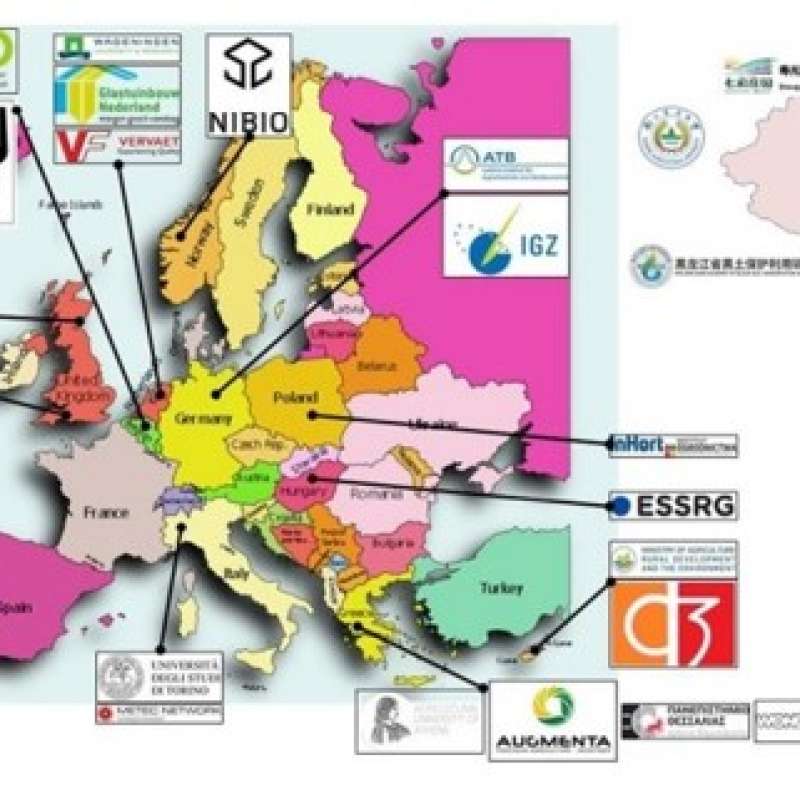Arne Sæbø
Seniorforsker
Sammendrag
Det er ikke registrert sammendrag
Sammendrag
Det er ikke registrert sammendrag
Sammendrag
To facilitate nutrient management and the use of manure as a feedstock for biogas production, manure is often separated into a solid and a liquid fraction. The former fraction is usually high in P and low in N, so when incorporated in the soil as fertilizer, it needs to be supplemented by N from, e.g., mineral fertilizers or nitrogen-fixing species. To explore strategies to manage N with solid-separated manure, we examined how the amount of digestate and the N:P ratio of pig digestate, i.e., manure that had partially undergone anaerobic digestion, affected the productivity of Westerwolds ryegrass and red clover in a pot experiment with one soil which was rich and another which was poor in plant nutrients. The soil and plant species treatments were combined with four doses of digestate, which gave plant available phosphorus (P) concentrations of 2, 4, 8, or 16 mg P100 g−1 soil. Ammonium nitrate was dosed to obtain factorial combinations of digestate amount and N:P ratios of 1.8, 4, 8, and 16. Clover was harvested once at the beginning of flowering (15 weeks after seeding), while Westerwolds ryegrass was allowed to regrow three times after being cut at the shooting stage (in total, 4 cuts, 6, 9, 12, and 15 weeks after seeding). Ryegrass yield increased by up to 2.9 times with digestate dosage. Interactions with the N:P ratio and soil type were weak. Hence, the effect of increasing the N:P ratio was additive across digestate dosages. Red clover biomass also increased by up to 39% with digestate dosage. Residual nutrients in the soil after red clover cultivation were affected by the initial differences in soil characteristics but not by digestate treatment or biomass of harvested red clover. A targeted N management is required to benefit from the P-rich digestate in grass cultivation, while the long-term effects of red clover culture on N input need further investigation.

